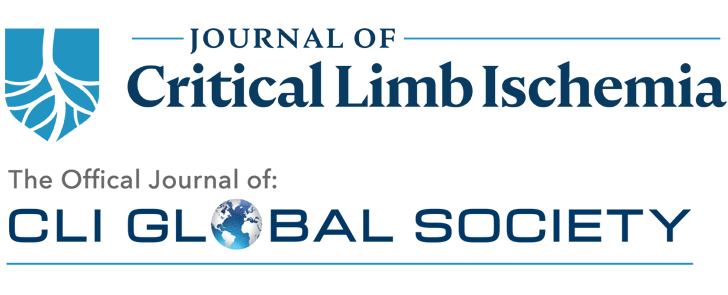Explore the Journal of Critical Limb Ischemia (JCLI), a quarterly international peer-reviewed journal and online clinical resource for those treating chronic limb threatening ischemia.
Vascular surgeon Kyle B. Reynolds, MD, from MedStar Health in Washington, DC, talks about managing patients with long complex femoropopliteal disease with the DETOUR system, the first-ever fully percutaneous transmural arterial bypass (PTAB) therapy. Dr. Reynolds discusses how he uses it in his practice and how PTAB can improve patient outcomes.
The authors comment on “A Systematic Review of Clinical Trials in Patients With Critical Limb-Threatening Ischemia” by Nagarsheth et al, which offers a timely and essential synthesis of randomized controlled trials involving patients with CLTI.
This report features 2 cases of vessel preparation where the Rotarex S rotational atherothrombectomy device induced arterial wall ruptures and describe how the ruptures were treated in 2 different ways.
Peripheral arterial disease is a growing global burden, with chronic limb-threatening ischemia (CLTI), its most advanced stage, associated with high morbidity, mortality, and economic costs. While randomized controlled trials are the gold standard for evaluating treatment strategies, their external validity is often limited by strict inclusion criteria that exclude complex, real-world patients with CLTI. This review underscores the need for evidence-based pathways tailored to real-world CLTI populations.
Wound care is a complex but essential skill for any vascular specialist. This review discusses how to evaluate the underlying causes of chronic wounds and how to characterize a wound during initial workup, and provides an overview of holistic wound care treatment including the use of dressings, skin substitutes, and risk factor optimization. Caring for arterial, venous, and diabetic wounds is specifically reviewed in further detail.
This report describes a case of computed tomography-guided lumbar sympathectomy for palliative treatment of severe rest pain in a patient who was not a candidate for either open or endovascular treatments, which resulted in successful palliation of the patient’s symptoms.


